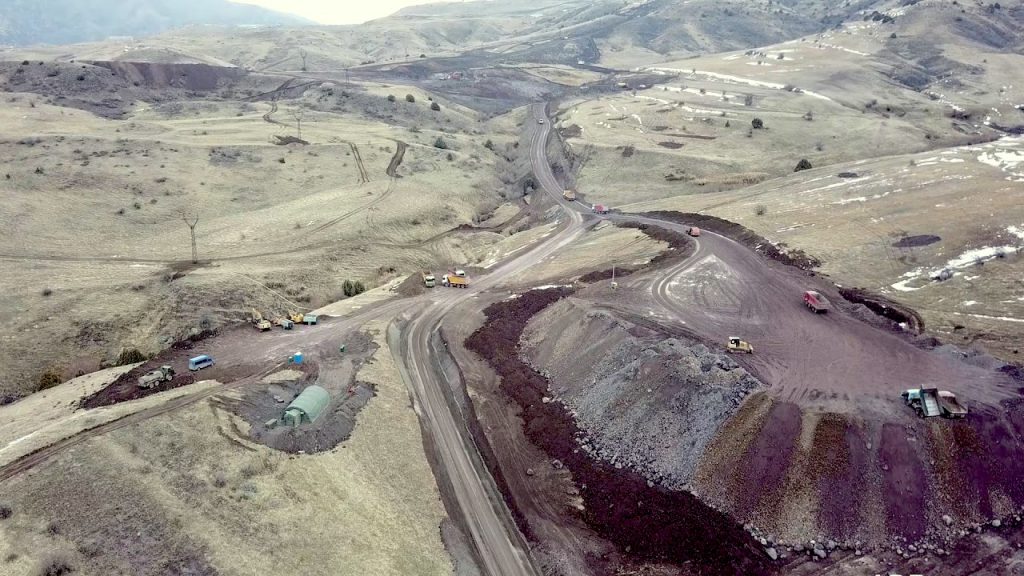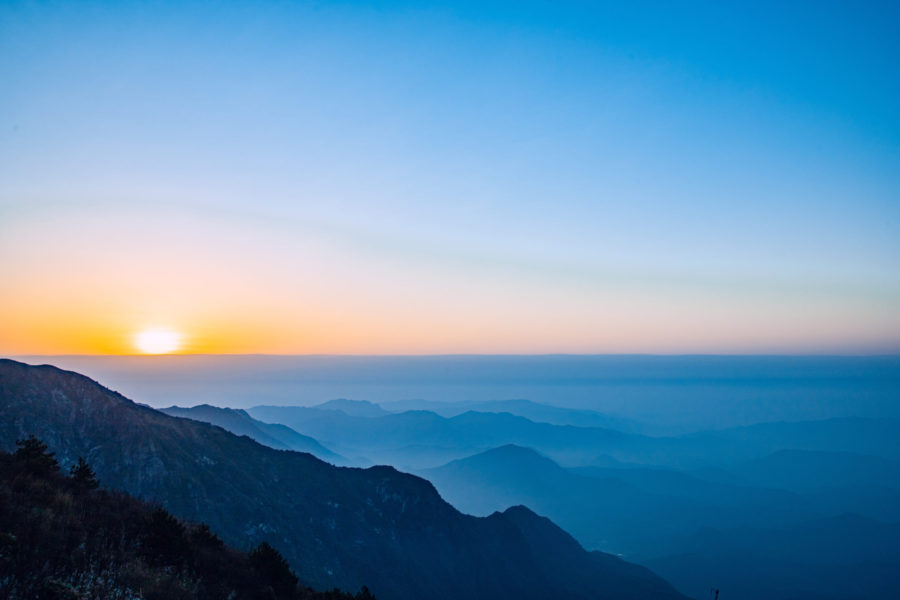Armenia clears Lydian to go ahead with Amulsar gold project

The government of Armenia published Wednesday the results of a long-awaited public audit on Lydian International’s (TSX:LYD) Amulsar gold project, which states there are no grounds for criminal proceedings against the company.
The report paves the way for the company to move forward developing the controversial mine, illegally blocked since June last year by locals and environmental activists.
Opponents to the project, in Armenia’s mountainous south, claim the operation would threaten several endangered animal species. These include the world’s rarest big cat, the Caucasian Leopard, of which there are thought to be only 10 left in Armenia.
Despite court rulings in Lydian’s favour, police has not been able to restore uninterrupted access to the mine site and ongoing demonstrations against the project continue.
Based on company’s estimates, the blockade has cost it about $100,000 a day and the loss of dozens key professionals.
Social pressure
Triggered by citizens, Armenia’s new government subjected Amulsar to three full-scale environmental audits since July last year. The latest, launched in September, sought to determine the project’s potential impact on the Southern Caucasus mountain range’s wildlife and, particularly, in water resources.
The mine site sits above a tunnel that supplies water to Lake Sevan, the largest freshwater lake in the whole Caucasus region. Scientists have warned that acidic drainage from the mine would inevitably seep into the lake, posing a threat to Armenia’s water system.
Armenia’s new government has subjected Amulsar to three full-scale environmental audits since July last year
Amulsar is also next to Jermuk, a spa town built around mineral springs, and an economy is based on health tourism. Opponents to the mine claim dust from construction has curbed the influx of visitors and also affected crops and grazing. Cattle, they say, have increasingly refused drinking water from streams on the mountain since construction started, affecting local livelihoods.
Lydian cheered the conclusions of the third-party assessment of Amulsar, which included a review of its Environmental and Social Impact Assessment (ESIA) and Environmental Impact Assessment (EIA), even though the latter had been previously approved by the Armenian authorities before construction began.
People familiar with the matter told MINING.COM that, while the audit’ results are positive for Lydian, there’s no guarantee the Armenian government will allow the company to move forward.
“Authorities may agree on that there are no grounds for criminals proceedings, but they may not be as sure about the alleged impacts on Lake Sevan, leopards and others,” the source, who wishes to remain anonymous, added.
The company noted that, over the past year, it had provided the special investigative committee (SIC) with more than 300 documents, totalling about 20,000 pages of information on the project. It has also participated in extensive technical discussions during the audit over the past four months.
Lydian, however, had also said it would go to international arbitration under bilateral investment protection treaties with the UK and Canada if it was forced to shut the project down.
Tainted reputation
Opposition to mining in Armenia has its roots in a long list of environmental disasters caused by previous operations, as well as in allegations of corruption among authorities in charge of granting licences.
Lydian, however, has repeatedly highlighted that — unlike many previous projects — Amulsar is subject to rigorous inspections from an Independent Advisory Panel.
Amulsar will be large-scale operation with annual gold production averaging around 225,000 ounces over an initial 10-year life
So far, the company has invested more than $3 million in social projects, such as local businesses and infrastructure, to mitigate the potential impact of the gold mine. It has also vowed to establish a natural park.
The country, in turn, is in desperate need of foreign investment and jobs that properly run and managed mining projects could bring in.
Minerals and metals make up about half of Armenia’s exports and mining accounted for about 3% of the country’s economic output in 2017, government data shows.
Lydian foresees Amulsar as a large-scale operation with annual gold production averaging around 225,000 ounces over an initial 10-year life. Estimated mineral resources contain 3.5 million measured and indicated gold ounces and 1.3 million inferred gold ounces as outlined in the Q1 2017 technical report.
The Toronto-listed miner saw its shares soar on the news, closing almost 27% up, to 16 cents a share. That left the company’s market cap at C$125 million.
{{ commodity.name }}
{{ post.title }}
{{ post.date }}

2 Comments
Andrés sorribes
If there’s some kind of business before It should be respected, It should be…
🙁
Sam
No we did not let Lydian to mine! There is no official decision!!! And the locals will never let the mine open!!